Redvale
Our Redvale Landfill & Energy Park is located in the Auckland region.
Find out moreWhile our communities, businesses, and the waste industry strive to minimise waste and maximise recycling, some waste cannot be recycled. The most sustainable and environmentally responsible solution for New Zealand is landfill. Modern landfills protect our environment and bear no resemblance to the dumps of the past.
Although recovery of materials is always our priority, what remains must be safely disposed of, and for New Zealand, the best solution is a modern, engineered landfill. These are nothing like dumps of the past and are designed and operated by engineers to protect the environment, while extracting remaining value from the waste.
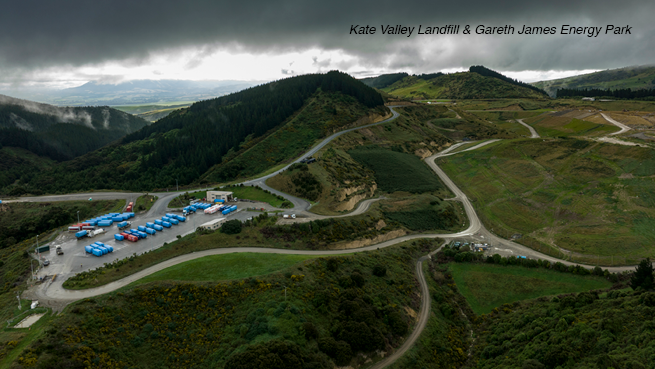


Although recovery of materials is always our priority, what remains must be safely disposed of, and for New Zealand, the best solution is a modern, engineered landfill.
There are at least 300 old dumps scattered around Aotearoa, many of which are at risk of spilling into waterways and the ocean. It means decades-old rubbish, which has simply been thrown into a hole in the ground, could increasingly cause massive pollution events – and the risk is getting worse as extreme weather events ramp up due to climate change.
WM New Zealand is increasingly becoming involved in old dump cleanups and remediation. We are currently partnering with Waitaki District Council to stop three coastal tips falling into the sea. Two of the dumps are located on Beach Road, three kilometres south of Oamaru, where people have been flytipping (illegally dumping) for years.
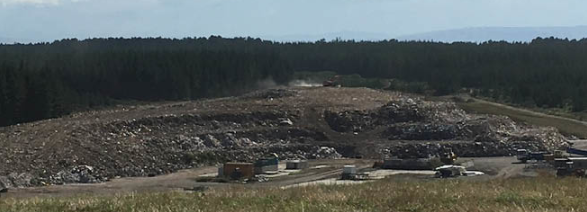 Burwood Recovery Park as an active landfill (2019)
Burwood Recovery Park as an active landfill (2019)
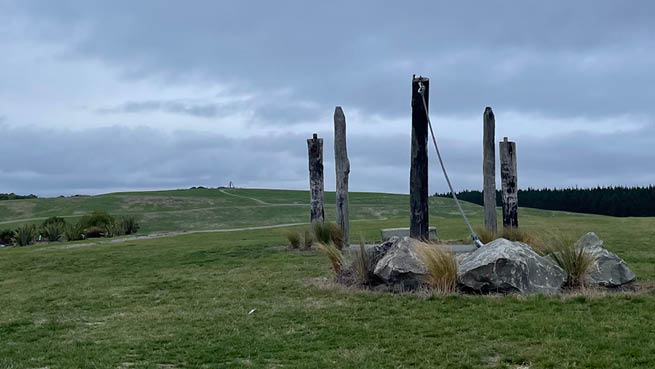 Burwood Recovery Park as a space for the community to enjoy (2024)
Burwood Recovery Park as a space for the community to enjoy (2024)
The third is the now-closed Hampden landfill that was operated by the council from 1970 to 1996 and is located next to the beach. The waste is removed to a newly built engineered cell at Palmerston Landfill. Part of the work involves capturing and relocating the tussock skinks that make their home at Hampden tip. Once the skinks have been safely moved, rubbish from the Hampden tip – which is currently falling into the sea – will be taken to the new cell at Palmerston Landfill.
There is around 30,000m3 of waste that needs to be relocated before it washes out into the ocean. Amazingly this was once an official council disposal site - something that would never be built or allowed today. The project, named Project Reclaim, is widely supported by the public, and regular updates are published online.
Class 1 landfills (which take household waste) have reduced their biogenic methane emissions by 17.9% since 2017 – well ahead of the NZ target of a 10% reduction in biogenic emissions from 2017 to 2030.
In terms of NZ’s commitments under the Paris Agreement, Class 1 landfills reduced their CO2e emissions by 53.1% since 2005 – achieving the NZ target 9 years ahead of schedule. The rest of the country’s gross emissions (excluding class 1 landfills) have only reduced 8.3%. Class 1 landfills emissions as a percentage of NZ’s total gross emissions have reduced from 3.0% in 1990 to 1.4% in 2022.
Waste is safely contained within a sophisticated lining system. All leachate is extracted and treated onsite or at one of our Technical Services facilities. Onsite it is treated and disposed either through Benevap evaporation or through large aeration ponds and irrigation fields or recirculated within the landfill.
Māori consider water as the source of life. To ensure the quality of stormwater leaving our landfill sites and to avoid any possible flash flooding, we have a series of sediment and stormwater pond management systems. The series of sediment ponds are specifically designed and electronically monitored to manage stormwater quality and quantity.
 Before (2004)
Before (2004)
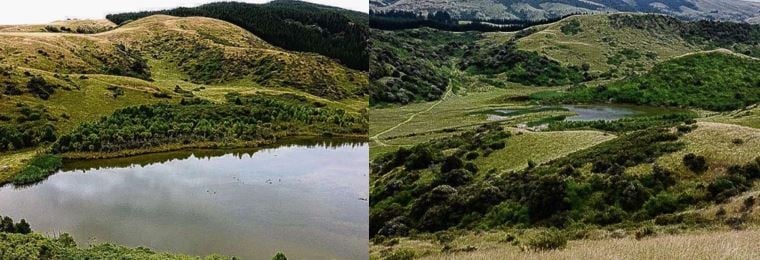 After (2019)
After (2019)
Over the years WM New Zealand has been actively involved in regenerating Tiromoana Bush near Kate Valley Landfill & Energy Park. It’s been a hugely successful project, with before and after photos (above) showing the difference over 15 years.
We rigorously review legislation and consents to ensure compliance with all environmental regulations. Our proactive consent management system and regular environmental training for our team members ensure we meet and exceed legal requirements.
WM New Zealand’s landfills exemplify the pinnacle of modern engineering and environmental stewardship, ensuring that we manage waste responsibly while protecting and enhancing the environment for future generations.
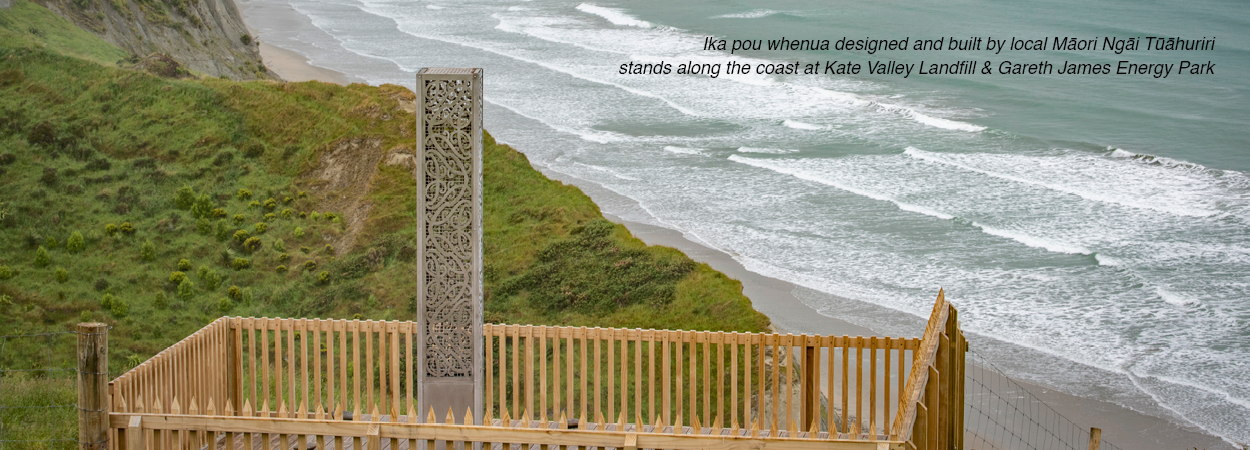

Whitford Landfill & Energy Park has just produced a record amount of sustainable energy for two consecutive months.
Read More
Over the years we have been actively involved in regenerating Tiromoana Bush, next to Kate Valley Landfill.
Read More